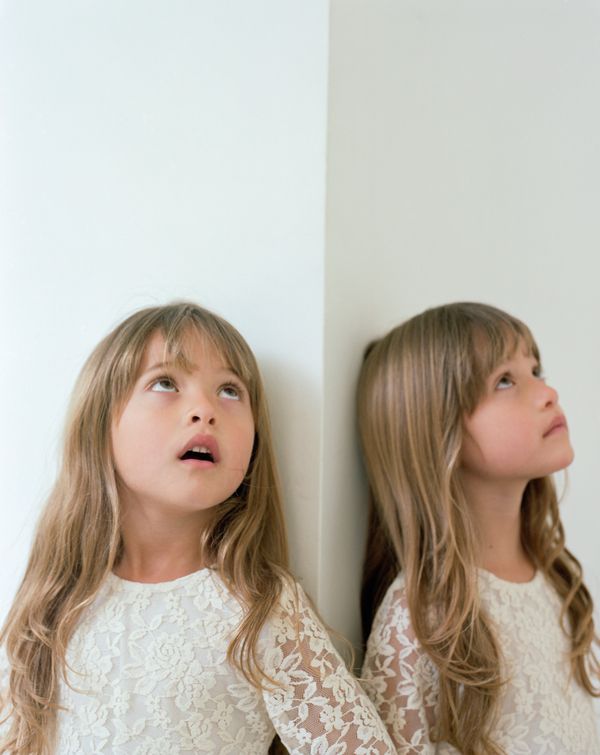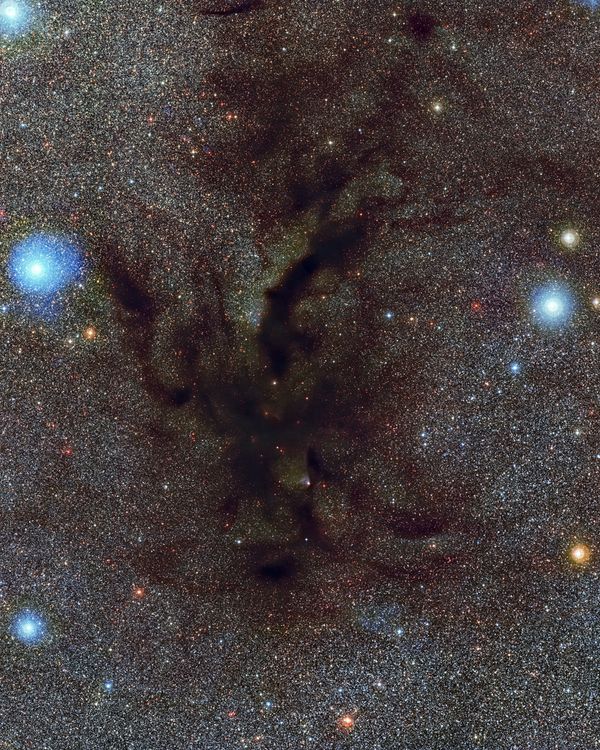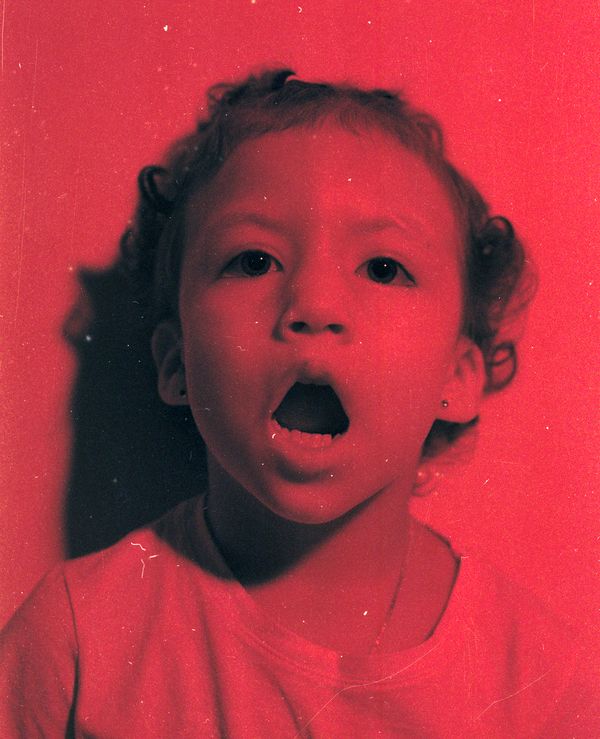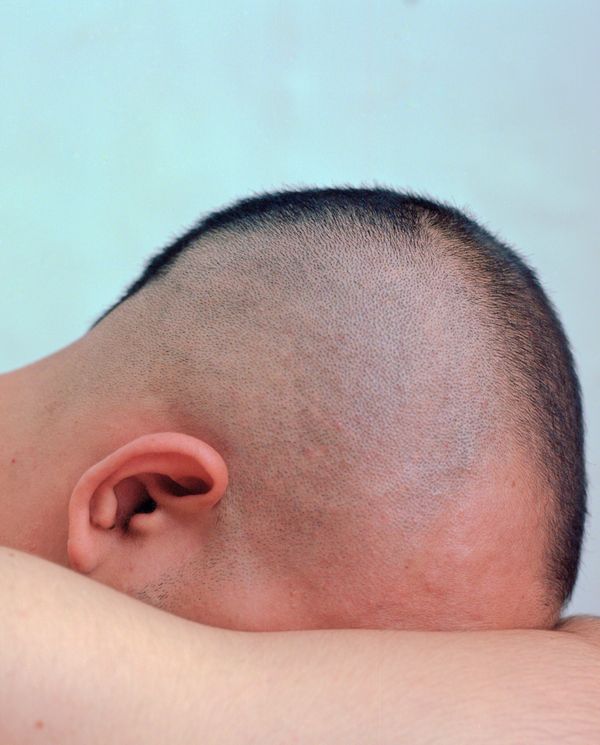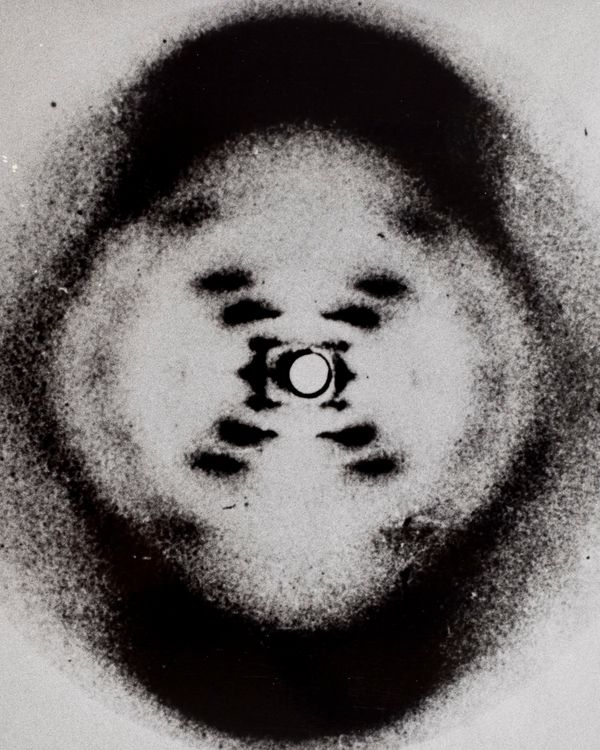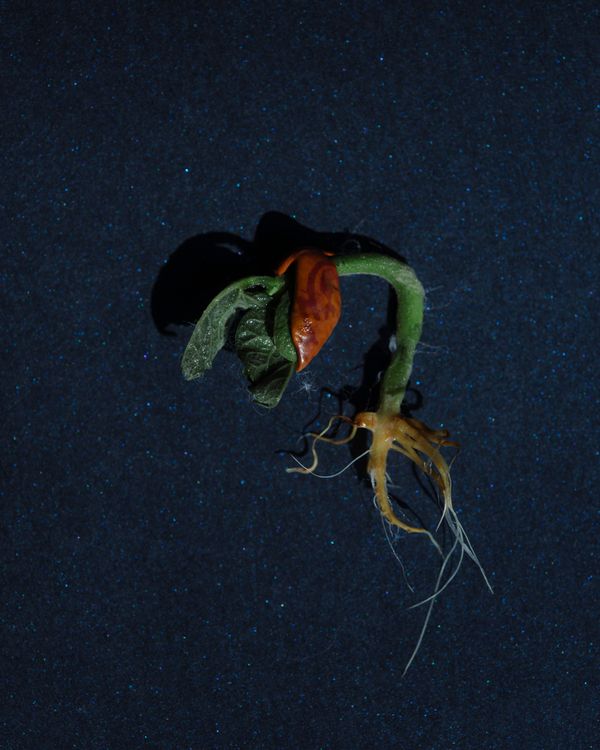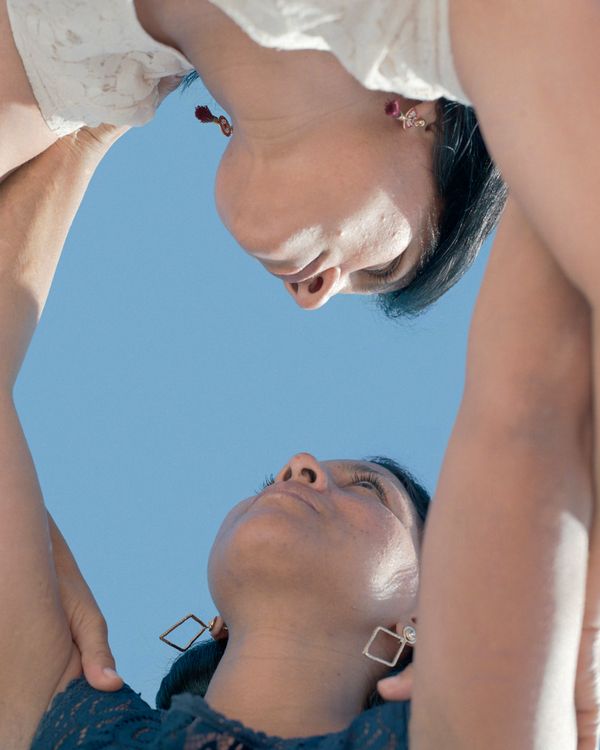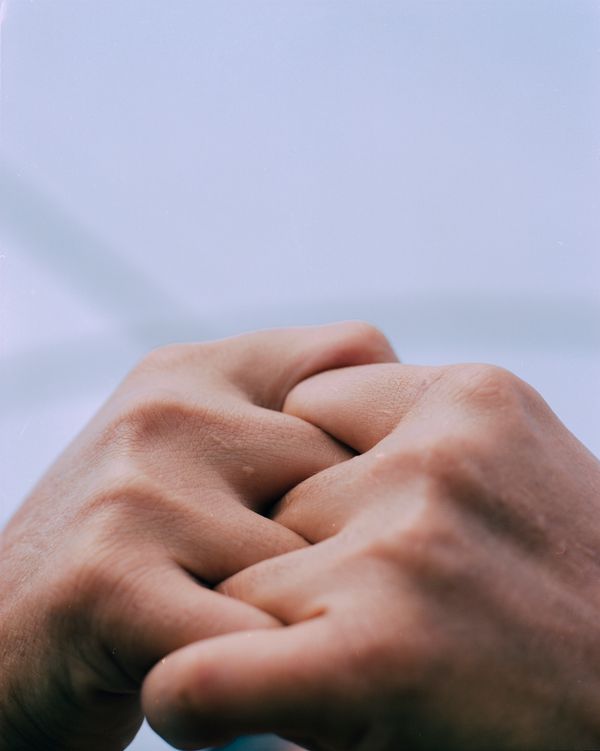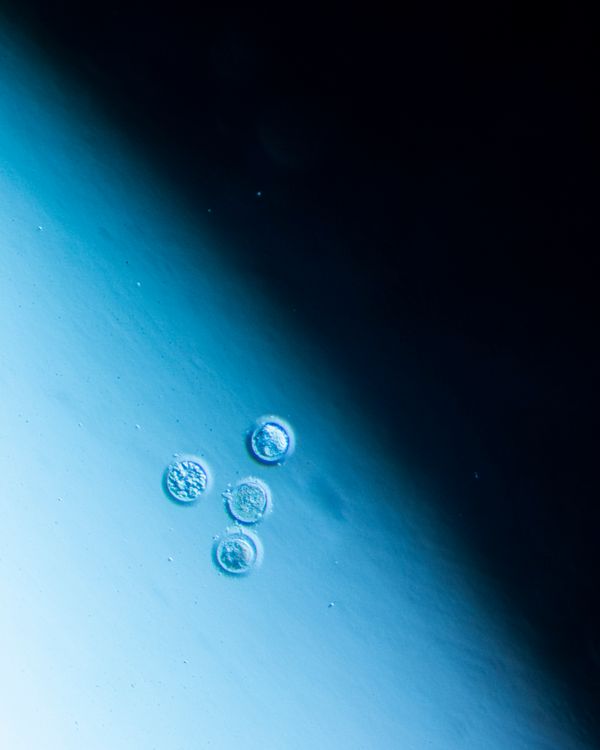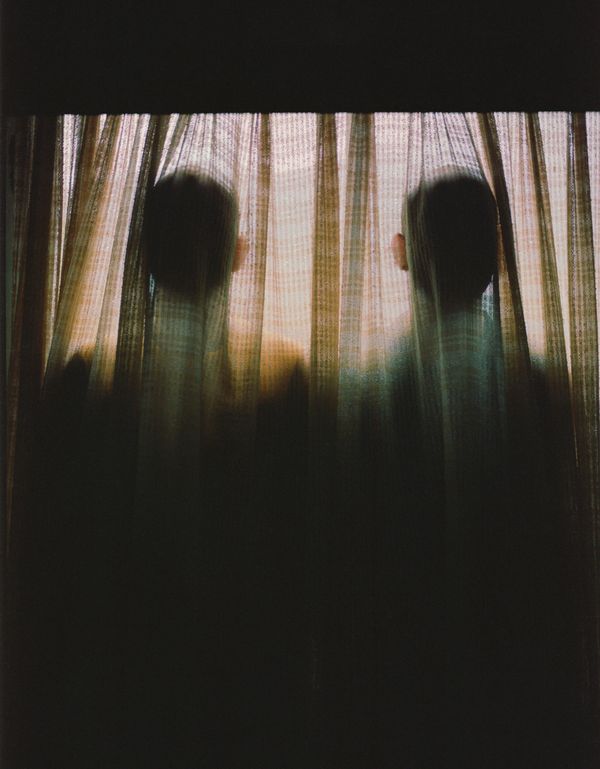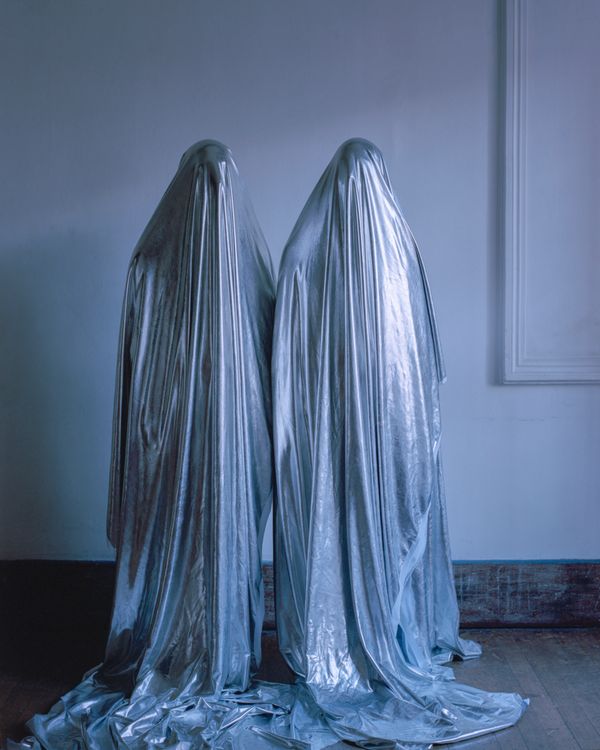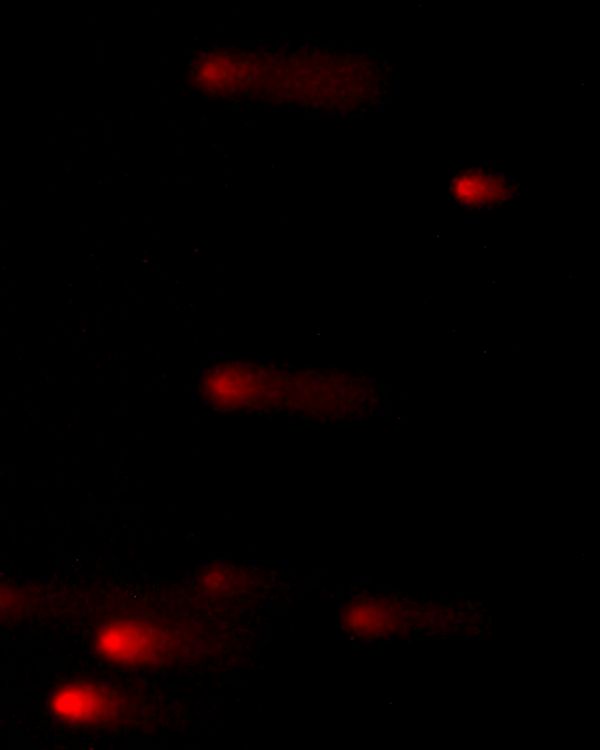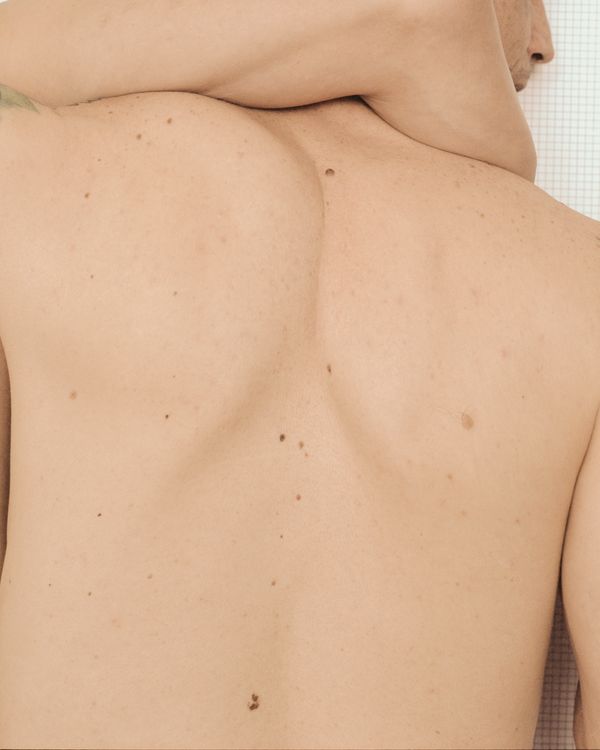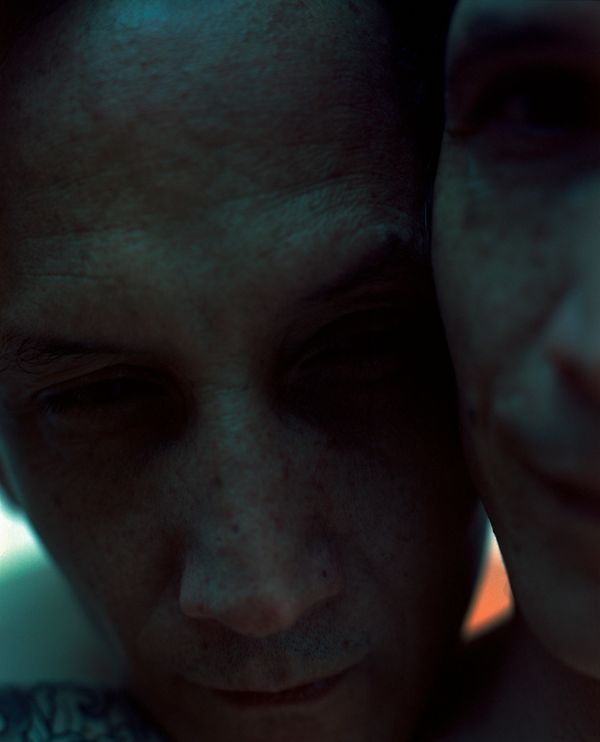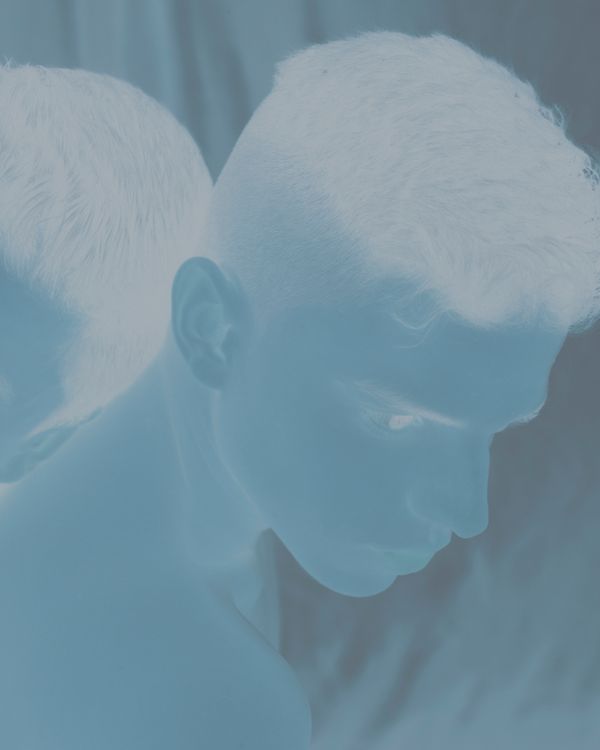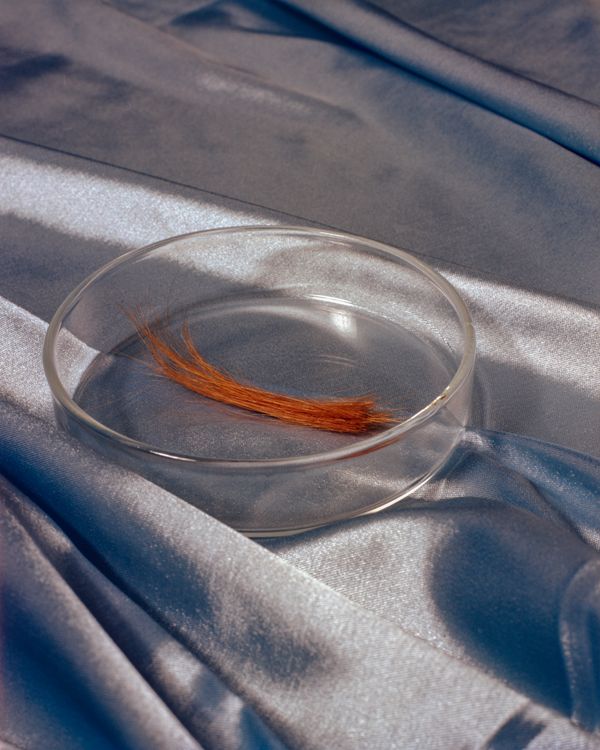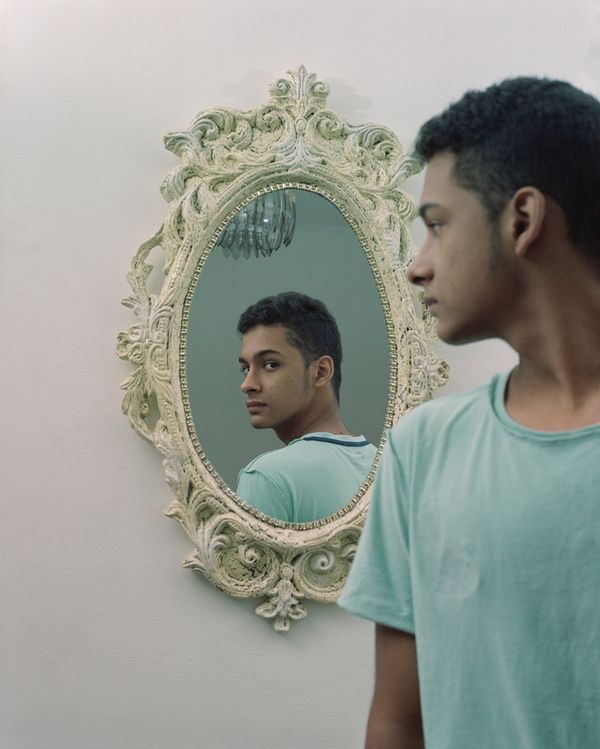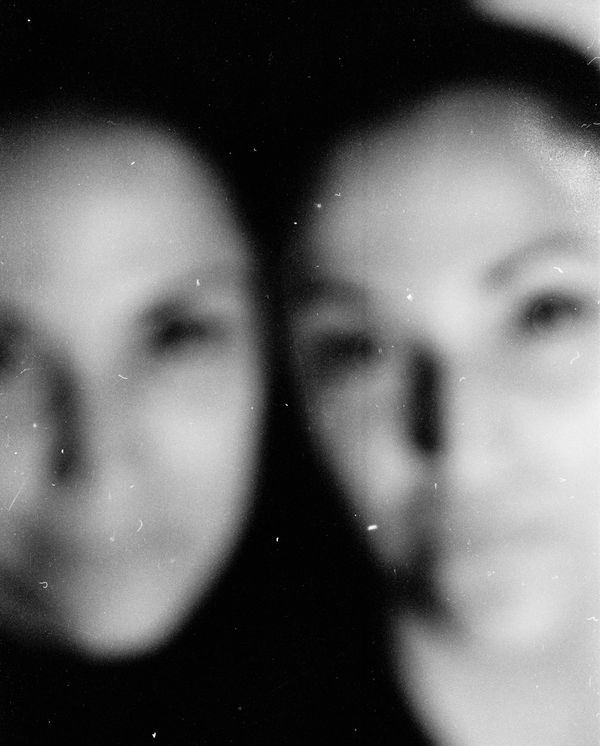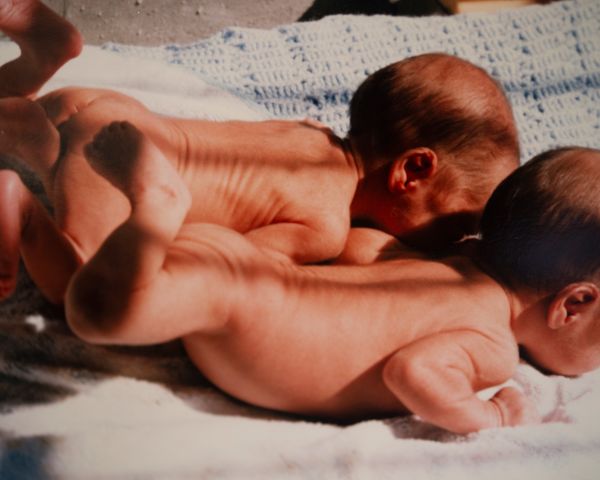The Two Strands
-
Dates2019 - Ongoing
-
Author
There is a special beauty in the unknown, certain topics and themes whose surfaces are enveloped by layer upon layer that must be penetrated. Scientists too, as T. Robert Oppenheimer pointed out, always live on the edge of mystery, on the frontier of the unknown. Science manifests itself to me as a catalyst to create. It sparks an interest to investigate and reflect from a place of scientific knowledge and create bridges to my personal experiences. By transforming this abstract knowledge into a first person account, making it mine, unraveling the mysteries from these personal events through this medium, I create images that facilitate connections with others.
A few years ago my parents told my sister Manuela and me, about the moment in which they observed in a black and white ultrasound, two embryos in our mother's uterus, it was 1985, in Medellín Colombia. They left with the ultrasound in their hands, speaking more excited than usual, imagining what it would be like to have two “equal” daughters. We have the same voice, no one, even our parents, is able to recognize it when we call them on the phone. We had a traffic accident when we were seven years old that injured each of us differently. The pain marked the differences in our bodies. We have been close since we were a handful of cells and our connection has transcended in time, now her children sometimes call me “Mom” and recently, a memory of a fragment of the body of my ex-partner crossed my mind, a few minutes later Manuela called me to tell me that she had met him on the street. Scientists have not come up with clear hypotheses about the causes why the fertilized egg divides into two exactly zygotes, from which two beings with the same DNA chain and information are born. Something of inexplicable chance is still kept in that miniscule moment and this is precisely the trigger for my search.
Las Dos Hebras (The Two Strands) is an image research project in which I review the history of the study of genetics, a series of stories told mostly by men and rescue characters such as Rosalind Franklin, a British chemist and crystallographer, who was the first person to look closely and capture the image of an enigmatic molecule capable of containing hereditary information. I also embrace the symbol and the strength of the ovules, (at first several thinkers and scientists attributed all the hereditary responsibility to the sperm, the womb of women was only a container), among other triggers and words that resonate with my sensibility and point of view as a woman.
The body of the work gathers archival photographs of Rosalind Franklin, diagnostic images of my genes and my twin, and microscopic photographs that I took in science labs thanks to the collaboration with scientists such as Catalina López, Executive Director of the Canadian Network of COVID19 Genomics, Isabel Trujillo, Director of the Genetics Laboratory of the Universidad Pontificia Bolivariana and researchers from different universities in Medellín. In addition to portraits of homozygous twins, with whom I have also conducted a series of interviews to deepen in their metaphysical connections. Although this topic is beyond the scientific rigor with which I have approached the research, it is something that is part of the cultural imaginary and of our condition as human beings, which can enrich the symbolism of the project.
With the support of the PHmuseum 2021 Women Photographers Grant, I project collaborations with other laboratories such as the one at the Universidad de los Andes in Bogotá, where they conduct research on the C. elegans worm and the zebrafish, two of the most studied organisms in research on the human genome. Also, I would continue photographing identical twins from different regions of Colombia, including rural areas, coastal territories and other main cities such as Bogotá and Cali, in which I have already contacted sibling pairs. At the same time, I also want to work in a more autobiographical dimension, make portraits of my sister and investigate the differences that are part of that deep and vulnerable side that is formed with life itself.
